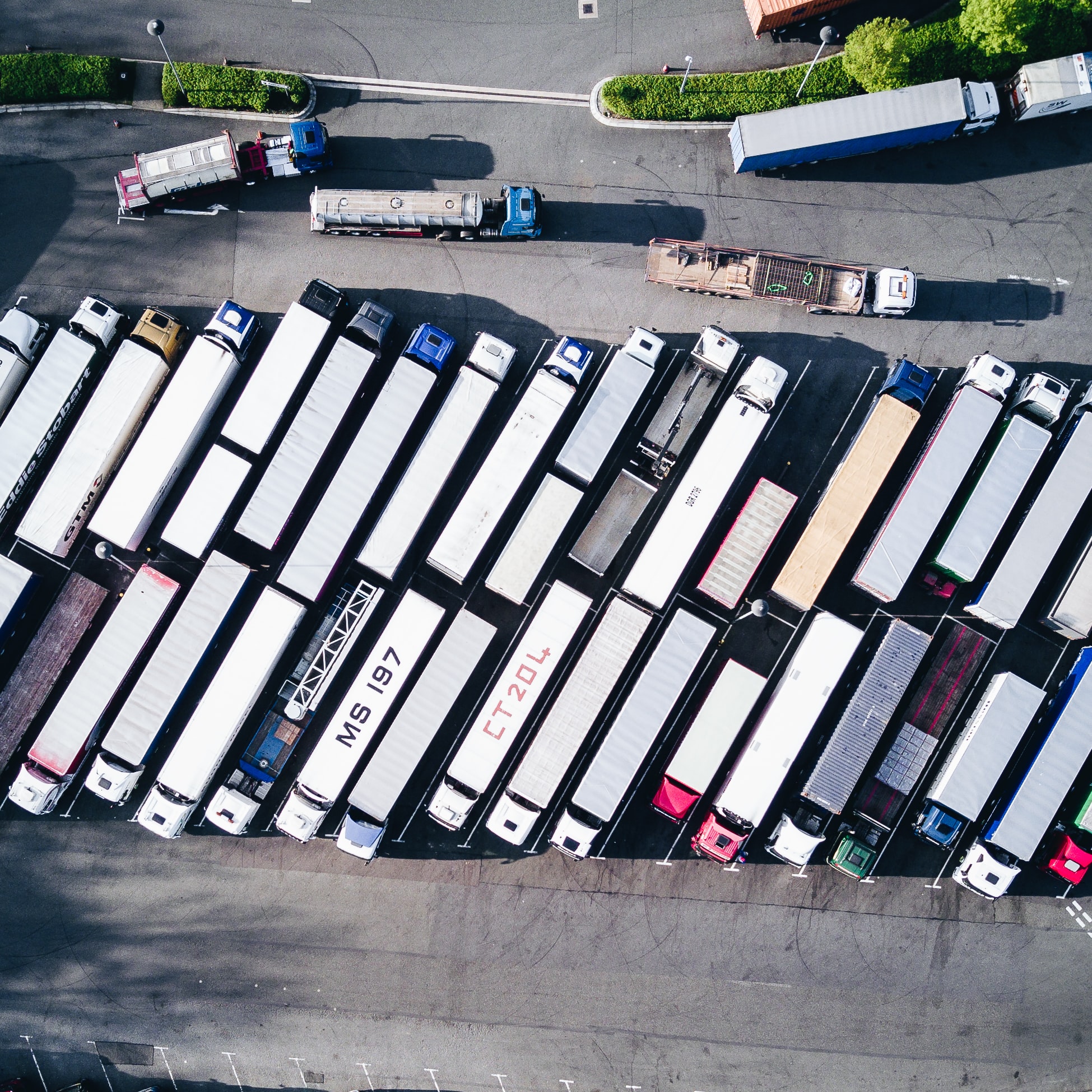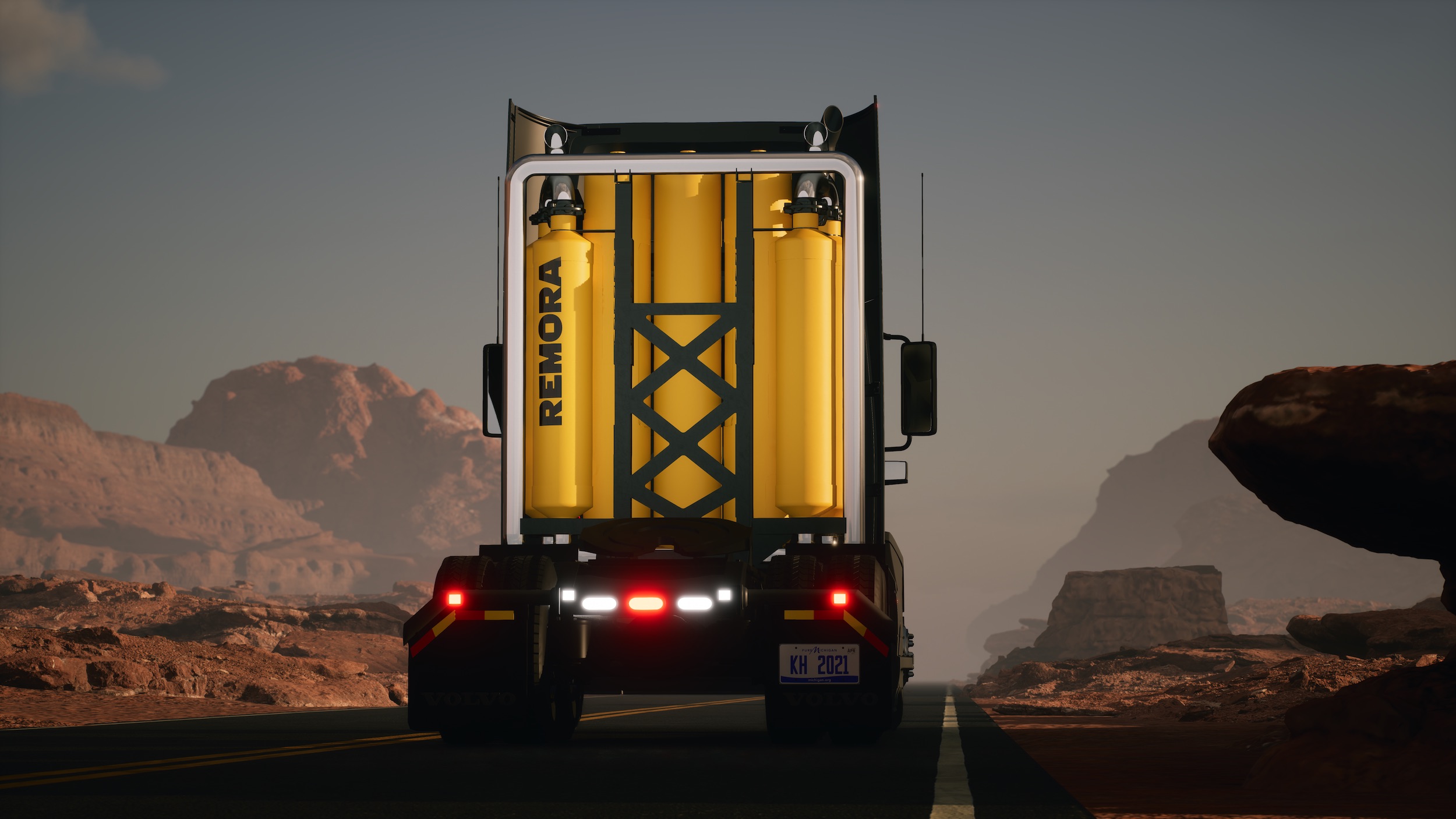
Remora’s mission is to help keep our planet habitable by bringing mobile carbon capture to market as soon as possible. We aim to deliver the lowest emissions over a vehicle’s lifetime with technology that makes sense financially and operationally.
All roads to zero run require a solution for heavy duty shipping
Nearly half of the Fortune Global 500 has now pledged to slash their emissions. For many of these companies, there is no way to meet these commitments without cutting supply chain emissions from semi-trucks.
A fundamentally cheaper, safer option
Even if they were available today, electric semi-trucks can haul far less payload. Batteries are not nearly as energy dense as diesel, which means electric semi-trucks can move thousands of pounds less goods because they’re hauling so many heavy batteries. They can only travel short distances, and they take hours to charge on a grid that’s still majority fossil fuels in the US.
Our device will be a fundamentally cheaper, safer option. It will enable some of the largest companies in the world to slash emissions without waiting to clean up the grid, build new charging stations, or replace every truck in their fleet. Best of all, it will create a new revenue stream while reducing emissions.
Carbon negative semi-trucks
Paired with biofuel, our device will potentially make a semi-truck carbon negative. That means the more we drive these trucks around, the more CO2 we take out of the air.
This approach to removing CO2 from the atmosphere will be far cheaper than other approaches to carbon removal, and it will harness existing vehicles and biofuels — no big new direct air capture plants or bioenergy-fueled power plants required.

The most scalable approach to carbon capture
We’re capturing CO2 from vehicle exhaust, which is roughly 200-400x more concentrated. That’s why our approach is cheaper and easier.
Our device will require significantly less capital upfront, and it will work with any semi-truck, so it will be completely modular and repeatable. Construction is notoriously slow and expensive, whereas manufacturing will allow us to iterate quickly, improving our efficiency and bringing our technology down the cost curve, all while rapidly churning out new units at scale.
A circular solution
This means that with CO2-to-fuels technology, we’ll be able to electrify existing trucks without building any new charging stations, overhauling the grid, or reducing payload capacity and range — we’ll simply need to retrofit trucks with our technology and convert the captured CO2 back into diesel.